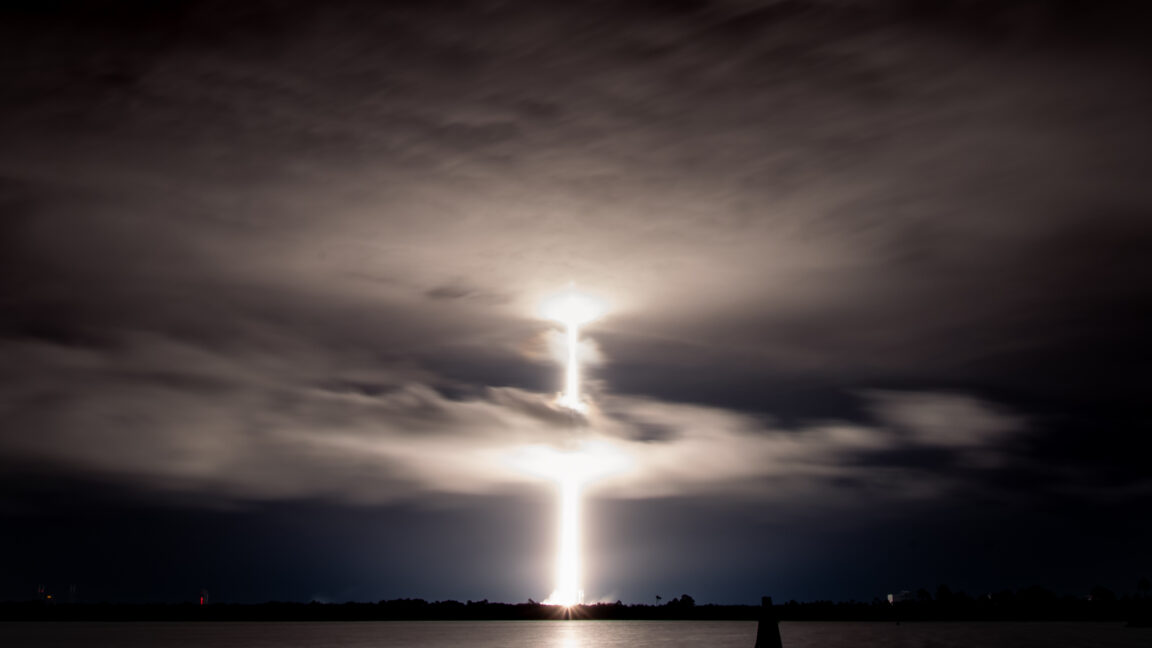Falcon 9 reaches a flight rate 30 times higher than shuttle at 1/100th the cost

That is a meaningful number, because over the course of the three decades it flew into orbit, NASA’s Space Shuttle flew 135 missions.
The space shuttle was a significantly more complex vehicle, and unlike the Falcon 9 rocket, humans flew aboard it during every mission. However, there is some historical significance in the fact that the Falcon rocket may fly as many missions in a single year as the space shuttle did during its lifetime.
Delivering on rapid, low-cost reuse
The principal goal of the Falcon program was to demonstrate rapid, low-cost reusability. By one estimate, it cost NASA about $1.5 billion to fly a single space shuttle mission. (Like the Falcon 9, the shuttle was mostly but not completely reusable.) SpaceX’s internal costs for a Falcon 9 launch are estimated to be as low as $15 million. So SpaceX has achieved a flight rate about 30 times higher than the shuttle at one-hundredth the cost.
Space enthusiast Ryan Caton also crunched the numbers on the number of SpaceX launches this year compared to some of its competitors. So far this year, SpaceX has launched as many rockets as Roscosmos has since 2013, United Launch Alliance since 2010, and Arianespace since 2009. This year alone, the Falcon 9 has launched more times than the Ariane 4, Ariane 5, or Atlas V rockets each did during their entire careers.
The increase in cadence has not occurred without a few bumps in the road for SpaceX. In July, a failure of the rocket’s second stage caused the loss of 20 Starlink satellites. This was the first Falcon 9 launch failure since a rocket exploded on the pad during testing in 2016. Then, in August, a first stage booster landing ended in failure after it caught fire and tipped over during the attempt. This was the 23rd flight of this particular first stage, a record at the time.
In November, however, another rocket achieved this feat. Booster no. 1067 completed its 23rd flight by launching the Koreasat 62 mission into geostationary transfer orbit. Maybe we’ll see it go for two dozen before 2024 is out?
Source link





